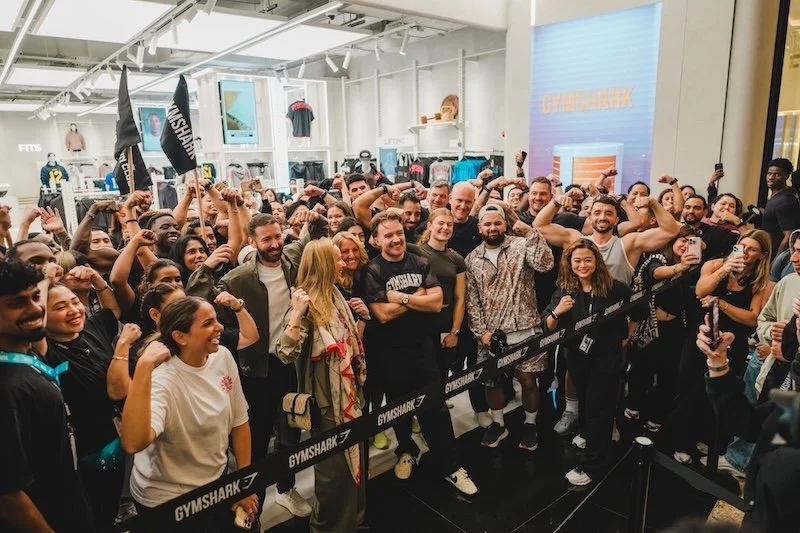In-game advertising: opportunities for retail brands
Retail brands are discovering the potential of in-game advertising to reach audiences in immersive ways. Whether through the inclusion of virtual billboards or the creation of branded game items, this innovative form of advertising offers a unique chance to increase brand awareness and connect with consumers while they enjoy their favourite game like Zudoka.
The growing appeal of in-game advertising
The gaming industry has grown into a global phenomenon, captivating millions of players across all age groups. This diverse audience gives retail brands the opportunity to engage with specific consumer segments in ways that traditional advertising cannot. In-game ads are carefully integrated into the gameplay, offering a more interactive and less disruptive experience for players.
Brands are partnering with game developers to design creative and engaging campaigns. Fortnite, for instance, organised a virtual concert featuring Travis Scott, where players participated in a vibrant digital event complete with themed visuals and merchandise.
Animal Crossing: New Horizons partnered with Gillette Venus to introduce a "Skinclusive Summer Line," showcasing virtual clothing designs that celebrated diversity and self-expression. These collaborations leave lasting impressions, boosting brand awareness and improving player engagement.
Data and analytics in in-game advertising
Data plays a key role in improving the effectiveness of in-game advertising. Retailers rely on engagement metrics, including clicks, interaction times, and impressions, to gauge how well their campaigns are performing. This data sheds light on what captures player interest, allowing brands to improve their messaging and ad placements.
With tools like Adobe Analytics, businesses can gain a clearer picture of how consumers interact with ads in gaming environments. These insights help brands refine their strategies and develop campaigns that better align with their audience’s preferences and expectations.
Optimising global campaigns
For retail brands with a global presence, ensuring consistent ad delivery across regions is key. Marketers often need to test ad placements on servers in different countries to verify visibility and performance.
Services like ExpressVPN for Gaming can help facilitate this process by securely accessing game servers across various locations, ensuring that campaigns run smoothly and without disruptions. This secure connection also protects sensitive marketing data from potential breaches.
Maximise brand visibility with innovative strategies
Brands looking to stand out in in-game advertising often turn to product placement as a creative and immersive solution. This strategy allows them to integrate their branding into the gaming environment in a way that feels authentic and engaging. Coca-Cola and adidas have demonstrated how effective this approach can be.
For example, Coca-Cola partnered with Star Stable Online to include branded vending machines that felt like a natural part of the game’s world. Adidas worked with NBA 2K22, offering players the chance to customise avatars with branded sportswear like sneakers and jerseys. These initiatives create strong connections between the brand and the gaming audience.
Branded virtual items
Customisable virtual items for in-game avatars are revolutionizing how brands advertise in gaming environments. These items allow players to express themselves while promoting retail brands in innovative ways. High-end fashion houses like Gucci and Balenciaga have entered the gaming space with virtual collections featured in games such as Roblox and The Sims, merging gaming culture with luxury retail.
Developing branded virtual items in partnership with game creators can help retailers captivate audiences and build excitement around their products. This approach boosts brand recognition and creates additional income through the sale of exclusive digital items.
In-game advertising benefits beyond visibility
In-game advertising is not just about visibility; it's also a powerful tool for building long-term customer loyalty. Retail brands that create memorable gaming experiences often leave a lasting impression on players. By offering value through exclusive content, rewards, or discounts tied to gameplay achievements, retailers can foster deeper connections with their audience.
Companies like Nike have successfully used gamification to reward loyal customers with in-game perks that translate to real-world benefits. These efforts help establish an emotional connection between the brand and its consumers, driving repeat engagement and brand loyalty.
The future of in-game advertising
Emerging advancements in gaming technology are paving the way for innovative in-game advertising solutions. Augmented reality (AR) and virtual reality (VR) are giving brands creative freedom to design immersive campaigns that resonate with players on a new level. Imagine AR ads that incorporate real-world elements directly into the game or VR environments built around branded storytelling.
Artificial intelligence (AI) further improves these efforts by allowing brands to customise ad placements based on individual player habits and interests. Together, these technologies are shaping a new future for advertising in the gaming industry.































Continue reading…